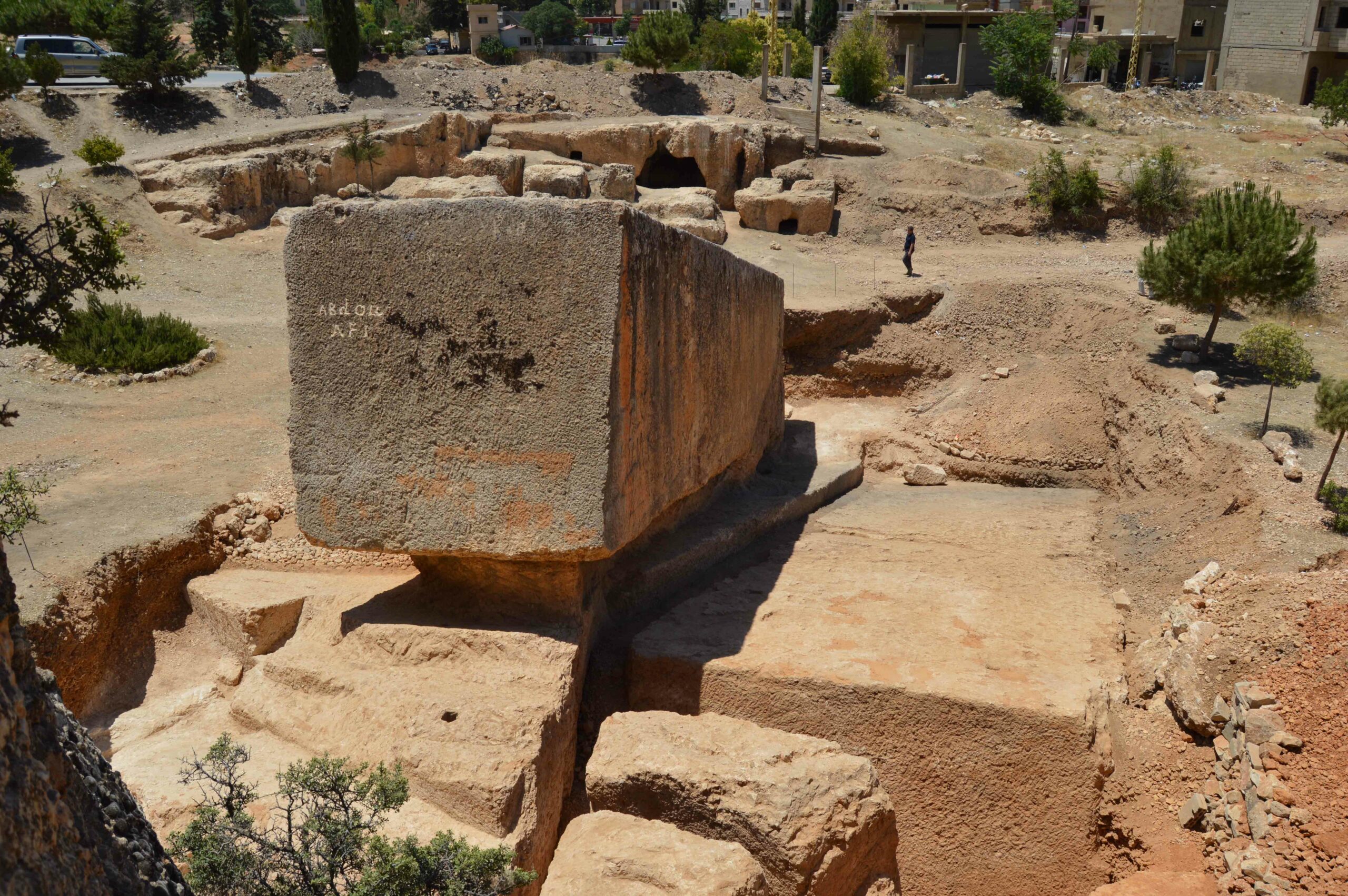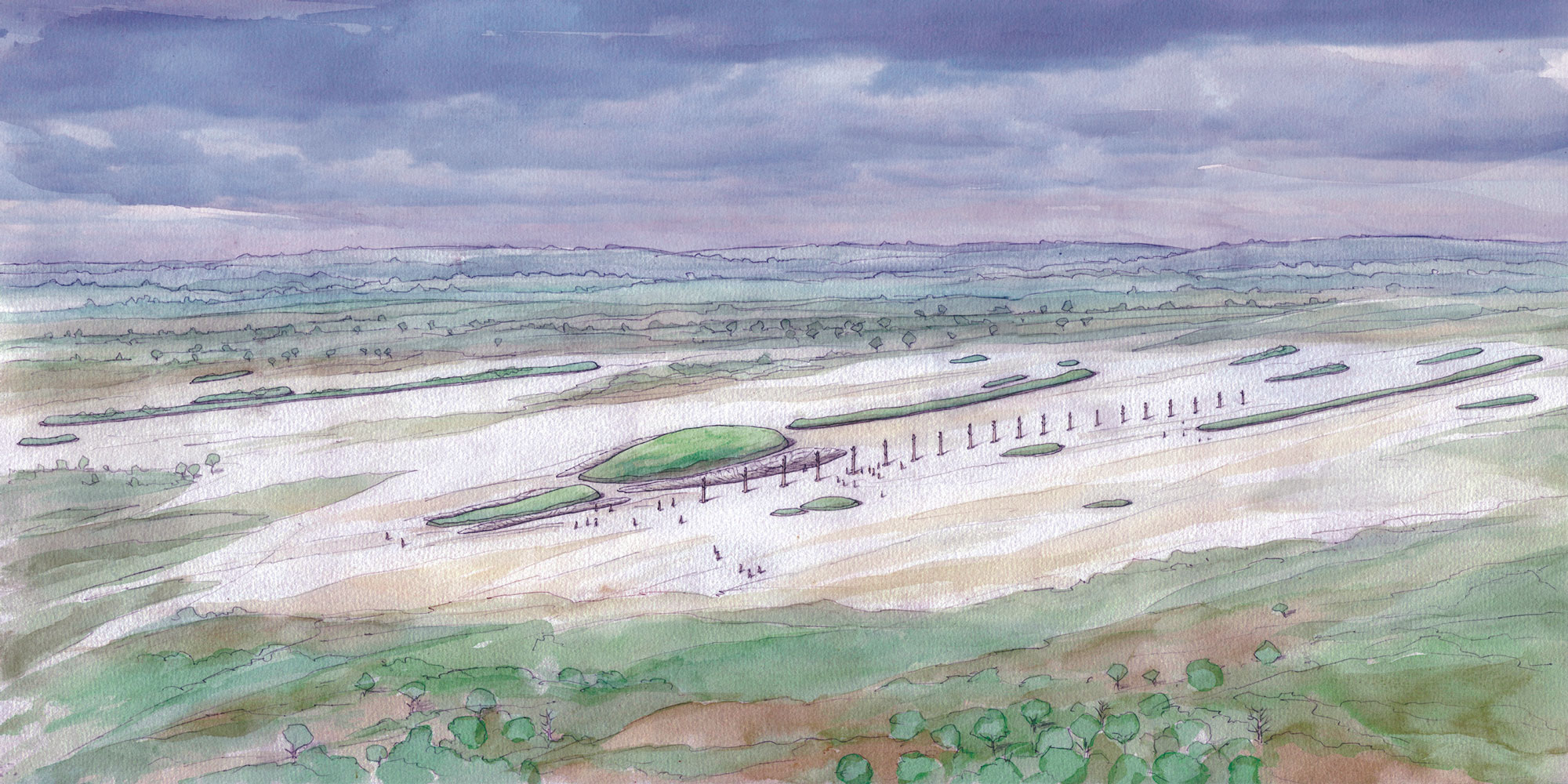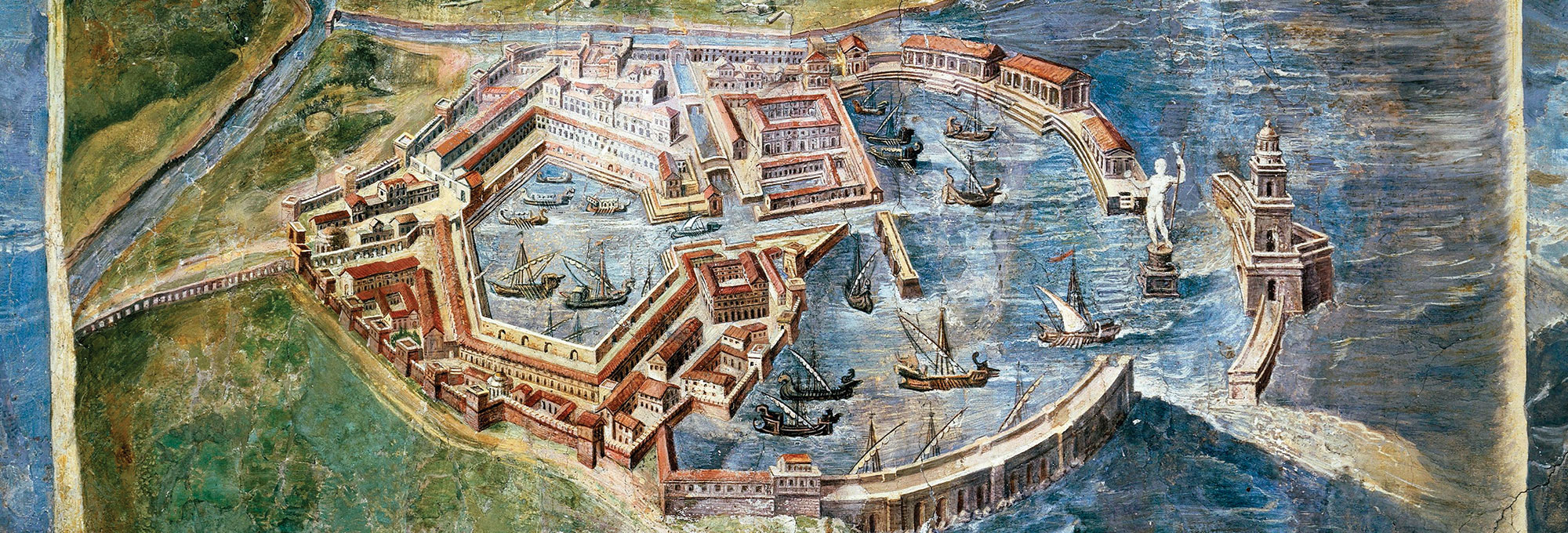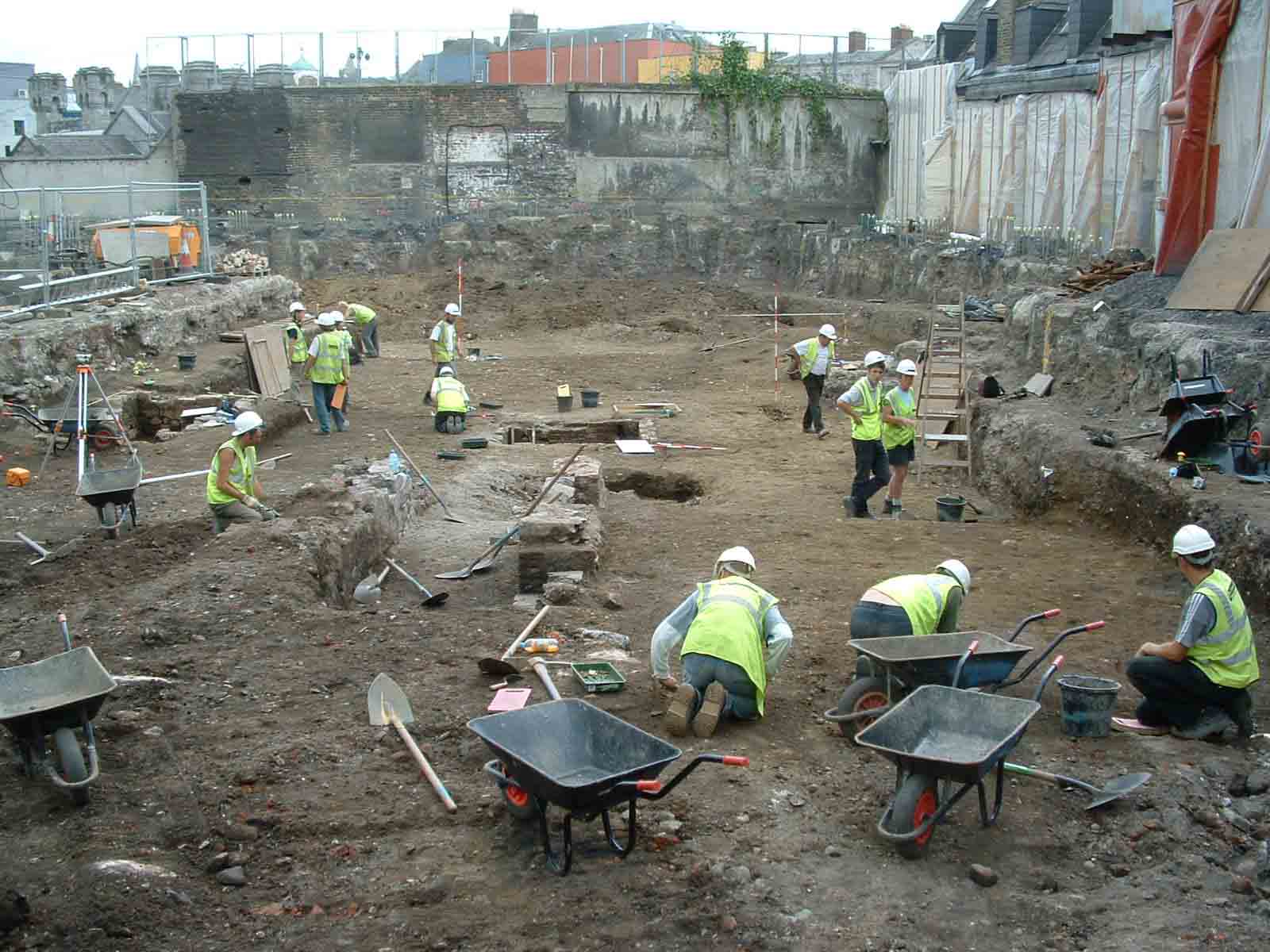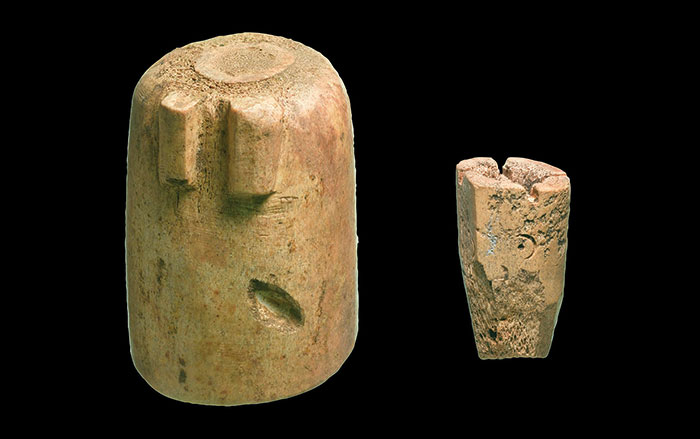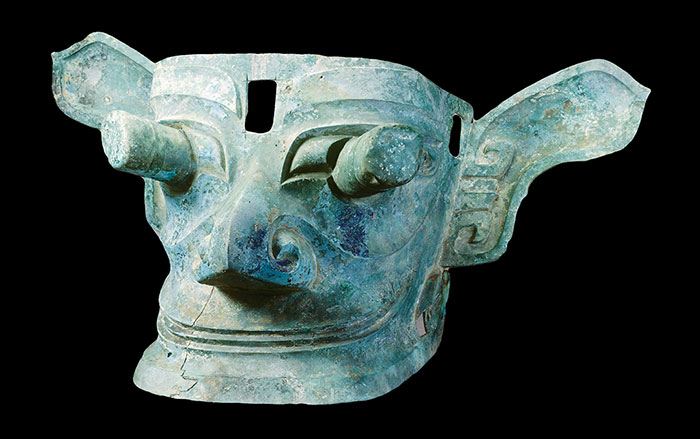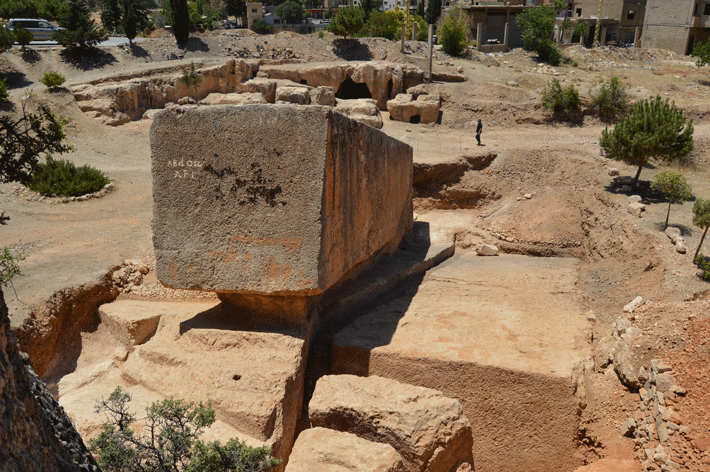
A team of archaeologists at a 2,000-year-old limestone quarry in Lebanon’s Bekka Valley recently excavated around a megalith weighing approximately 1,000 tons and dubbed Hajjar al-Hibla, or “stone of the pregnant woman.” It was intended for the Temple of Jupiter, which sits on three limestone blocks of similar size at the nearby site of Baalbek. To the team’s shock, they unearthed yet another block, this one weighing an estimated 1,650 tons, making it the largest known megalith. The German Archaeological Institute’s Margarete van Esse says excavation was suspended when the trench became dangerously deep. “Hopefully in a following campaign we can dig down to the bottom of the block,” she adds. The team wants to find clues there that will show how the megaliths were transported.


